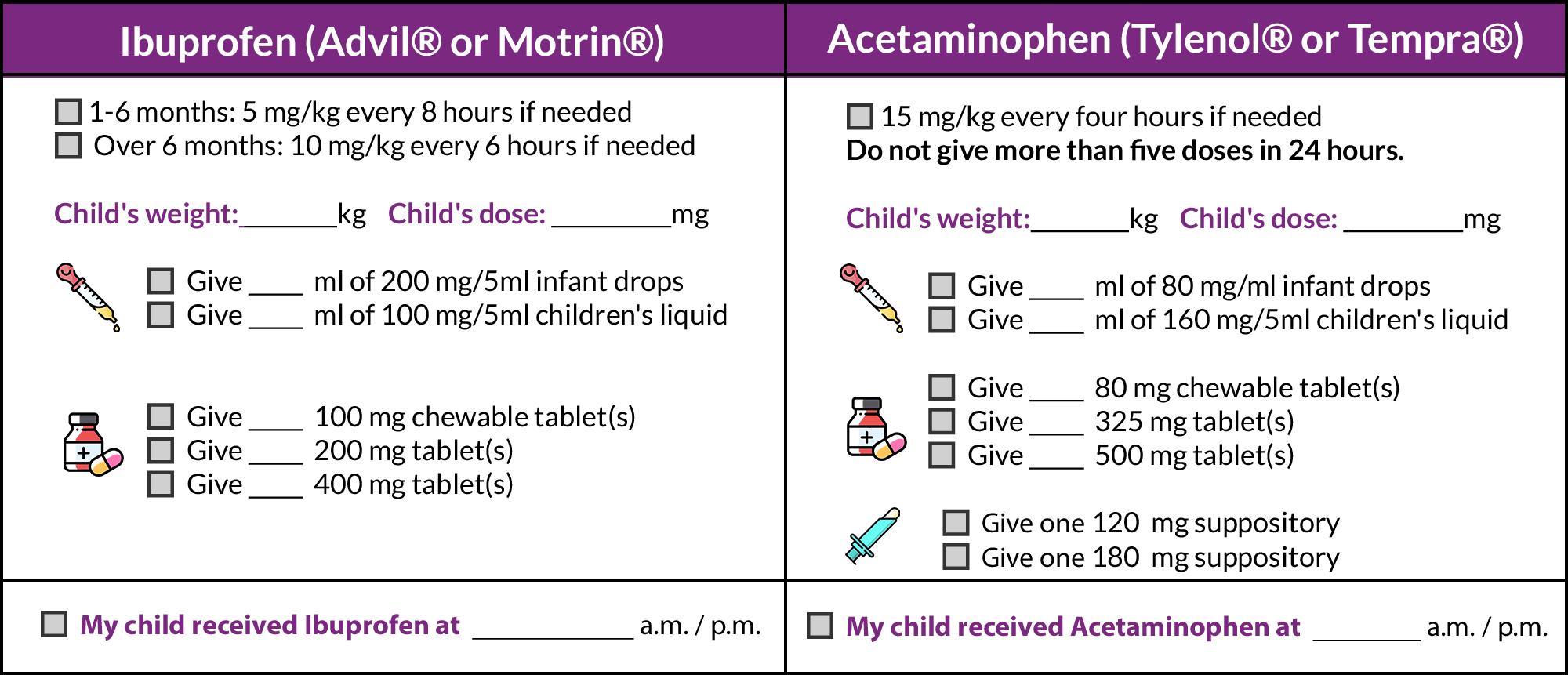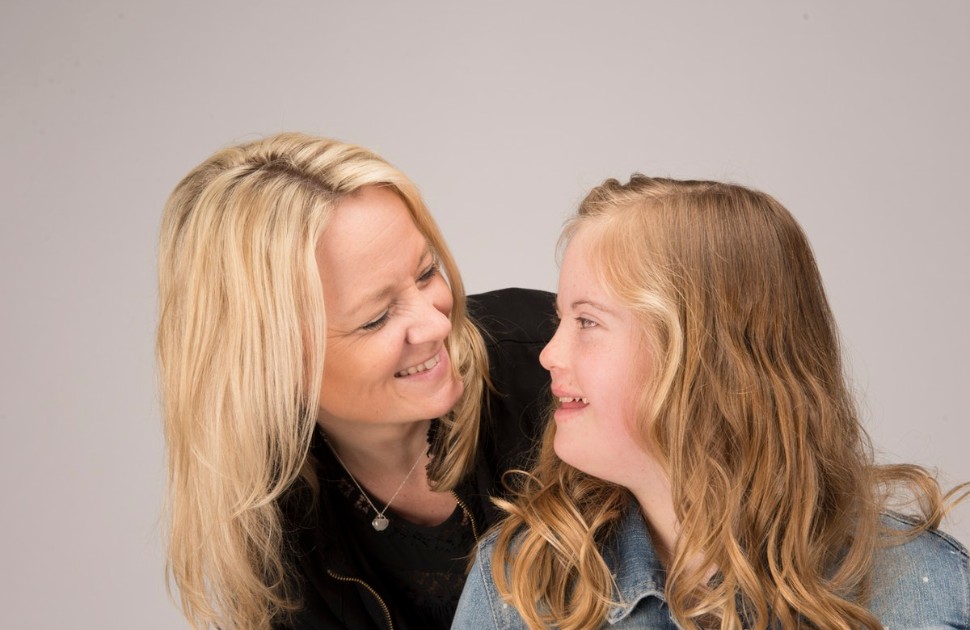
For best results make sure background graphics are enabled.
What is a fever?
A fever is the natural reaction of the body when it's fighting an infection. Most fevers in children are caused by virus infections. They are also common after vaccinations. Fevers do not cause any harm. Your child or youth's actual temperature (the number on the thermometer) is not important. How they look and behave is most important. When their temperature is high, children will feel unwell, breathe quickly and look tired, but should feel better after the fever is treated.
Febrile seizures
Parents are often worried that their child might have a seizure because of a fever. Seizures with fever (or febrile seizures) happen in 1 of every 20 children with a fever. These seizures are usually brief and only last a couple of minutes. They don’t cause long term problems. Fever medicine does not prevent febrile seizures.
How do I know if my child has a fever?
A temperature of 38°C (100.4°F) or higher means your child or youth has a fever.
How do I take my child’s temperature?
You can take your child’s temperature in their bottom (rectally) or by mouth (orally). Taking the temperature under the armpit, with ear thermometers or forehead strips will not give an accurate temperature.
Taking care of a child with a fever at home
- Give fever medicine to lower their temperature a little and make them more comfortable. Remember, fever medicine does not remove all fever, and it won’t stop the fever from coming back. It is normal that when the fever medicine has worn off (after 4 or 6 hours), the fever will return. Fever medicine won’t prevent febrile seizures from happening.
- Give extra fluids. Children need to drink more fluids when they have a fever.
- Repeat the medicine as needed to keep your child comfortable and drinking. Follow medication directions on the next page.
- Dress your child lightly in one layer of clothing. Don’t wrap your child up in blankets, even if they are shivering.
Fever medicines
Ibuprofen and acetaminophen can make your child more comfortable by bringing down the fever a little. Most children will not need to have both of these medications.
When your child has a fever:
- Try ibuprofen first, as it works better for most children. Use acetaminophen instead of ibuprofen if your child has a fever due to chicken pox.
- Try acetaminophen if your child does not improve one hour after taking ibuprofen
- Do not use Aspirin® (ASA).
How much should you give?
Medicines for fever and pain come in different concentrations (the number of mg of medicine in each mL, tablet or suppository). Check the concentration on the bottle, and read the package directions carefully. Make sure that you give the dose based on your child’s weight, not age.

When to see your family doctor
You should visit your family doctor if your child or youth:
- has a fever for more than five days
- is not getting better after one week of symptoms
- develops an ear ache
Visit the Emergency Department if your child or youth:
• is under three months and has a fever
• is very irritable or sleepy and doesn't improve with medicine
• has difficulty breathing
• has signs of dehydration (dry mouth, not peeing at least every eight hours)
• has a headache or sore neck that doesn't go away with fever or pain medicine
 Looking for translation?
Looking for translation?
Did you know: our care resources can be translated into over 100 languages using Google Translate! Click the Translate button on the top right corner of your screen and select your preferred language to get started.
Disclaimer
This resource is for educational purposes only, and was originally written in English and translated to French. Translation to any other languages is automatically provided through Google Translate, and not official. There may be subtle differences or inaccuracies. If you have any questions about medical matters including your care and treatment, please reach out to your health-care team.




